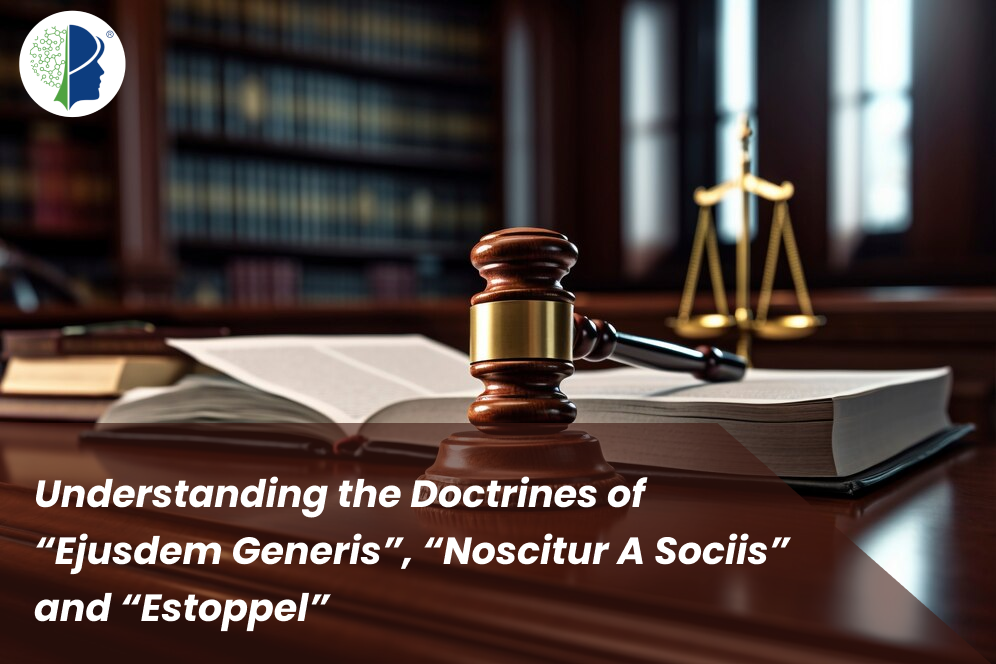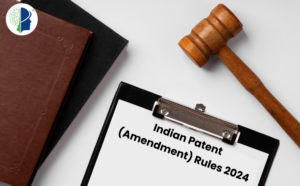Step into the dynamic world of trademark law with the judgment from the Delhi High Court in the recent case of Raman Kwatra and Another v. KEI Industries Limited 2023 SCC OnLine Del 38. This ruling is a game-changer in two pivotal aspects. Firstly, it challenges the conventional norms by redefining how we gauge similarity between marks, specifically, in cases where goods belong to the same class. Secondly, it sheds light on the crucial role of the doctrine of estoppel in trademark infringement disputes.
The first question before the Court was whether the marks in question could potentially cause confusion among the general public, despite falling within the same class. Traditionally, it has been accepted that if conflicting marks could squarely encompass similar goods within the same class, they would be deemed similar. However, the Court refined this view by using the doctrine of ejusdem generis and noscitur a sociis. The Court emphasized that it’s not the likelihood of similarity between goods under the same class that matters; what is more significant is the actual possibility of such goods being similar enough to cause confusion within the same class. The doctrine of ejusdem generis was held to be applicable in cases where specific words are followed by general words and the interpretation of the general words is unclear. In such cases, the general words should be understood within the context established by the preceding specific words. The principle of noscitur a sociis is invoked when particular words within a text could have similar or related meanings because of their association with other words, resulting in ambiguity in interpretation. This principle advises that such ambiguous words should be interpreted in consideration of their relationship with associated words. The Court further clarified that this doctrine cannot be invoked if such ambiguous words are intentionally used to broaden the scope of other associated words. It should only be employed when legislative intent regarding ambiguous terms is uncertain, and not otherwise. Top of Form
Therefore, if a mark’s specification lists out specific goods followed by terms like “other kinds of goods/like goods/related goods,” then the goods to be included under these terms must be the ones that are cognate and allied to the preceding listed specific goods. Thus, the terms like “other kinds of goods/like goods/related goods” wouldn’t encompass every similar-use good within the relevant class. This restrictive interpretation would act as a shield against such trademark holders who deliberately keep their mark’s specifications wide to include every such goods similar to their goods and create a barrier for the registration of other marks in the same class.
The second issue before the Court was that whether a party is barred from presenting arguments contrary to those previously asserted to secure trademark registration with the Trade Marks Registry. The Court used the “Doctrine of Estoppel” to address this issue. Answering in negative, the Court said that if a party obtains registration based on certain claims, it cannot later assert contradictory claims for its own convenience. For example, if a party secures mark registration by asserting that its mark is dissimilar to a cited mark, it cannot subsequently seek an injunction against the cited mark on the basis of similarity. The Court appropriately ruled that a party making contradictory assertions forfeits its right to seek equitable relief. Therefore, it is imperative for the party to exercise diligence when replying to the objections or oppositions (examination reports) to ensure that its assertions do not undermine its own claims at later stages of the proceedings.
Through the meticulous application of legal principles such as ejusdem generis and noscitur a sociis, the Court has provided clarity on how ambiguity in interpretation should be addressed, ensuring that trademark specifications are not exploited to unduly widen protection and impede competition. This nuanced approach not only safeguards against abuse but also fosters a fair and competitive marketplace. Moreover, the Court’s interpretation of the Doctrine of Estoppel underscores the importance of consistency in assertions made during trademark registration proceedings. By prohibiting parties from presenting contradictory claims for their convenience, the Court ensures equity and integrity in trademark registration and enforcement processes.
Author – ISHIKA AGARWAL



